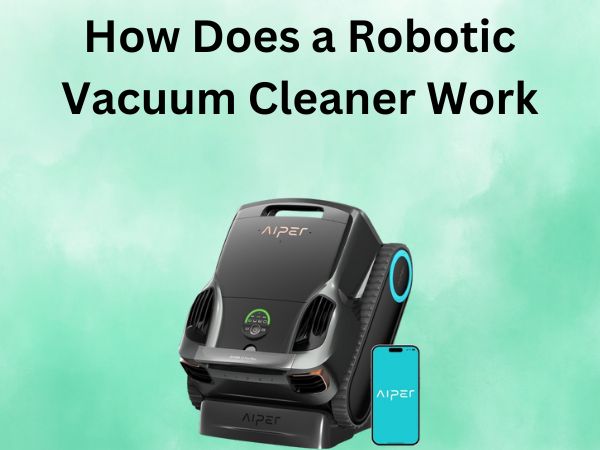How Do You Vacuum Seal a Ziploc Bag: Quick DIY Hack
Have you ever wondered how you can make the most out of your storage space, keep your food fresh, or even safeguard important documents from moisture? Vacuum sealing might just be your best friend. You might think vacuum sealing is something only achievable with special gadgets or complicated procedures. But, what if I told you that you can achieve this using a simple household item: a Ziploc bag? Let’s dive into this intriguing DIY hack and make sealing a breeze!
Table of Contents
Understanding Vacuum Sealing
Before jumping into the how-tos, let’s unravel the mystery of vacuum sealing. Essentially, vacuum sealing involves removing air from a package before it is sealed. It’s like giving your items a protective bubble shield for longer life. Whether you’re storing food or protecting delicate electronics, vacuum sealing helps in keeping things safe and sound.
Benefits of Vacuum Sealing
Why should you vacuum seal? Well, imagine you’ve just packed all your summer clothes and realized that your suitcase won’t shut! Vacuum sealing clothes could halve their volume, freeing up a hefty chunk of space. Food stays fresher longer by keeping it away from air, which can cause spoilage. It’s not just about saving three-dimensional space, but also about safeguarding our resources.
Ziploc Bags: The Everyday Hero
While commercial vacuum sealers are great, they can be a bit expensive and bulky. Enter the Ziploc bag. These affordable, handy bags can do wonders, especially when paired with a little clever thinking. They’re the Swiss army knives of storage solutions!
Materials You Will Need
- Ziploc bags (preferably heavy-duty)
- A large bowl or pot
- Water
- Your items to be sealed
The Simple DIY Vacuum Sealing Process
Step 1: Prepare Your Ziploc Bag
Start by selecting a Ziploc bag that comfortably fits your items. Heavy-duty freezer bags work best because they’re tougher and can endure the pressure you’re about to put them through.
Step 2: Fill with Desired Items
Place the items you want to seal inside the Ziploc bag. Make sure not to overfill the bag; it should lay fairly flat when laid down. This is especially important for ensuring a good seal later on.
Step 3: Immersion Technique
This method taps into the power of water’s natural pressure. Fill a large bowl or pot with water. Gradually submerge the Ziploc bag into the water, starting from the bottom. The water pressure will push air out of the bag. Leave the unsealed corner above the water level.
Step 4: Seal the Bag
While keeping the bag submerged, gently press the seal to close it, ensuring the air is expelled and the contents are protected. It’s like sealing a time capsule of freshness!
Step 5: Final Check
Remove the bag from the water and inspect it to ensure there aren’t any leaks. Give it a gentle squeeze to ensure no air bubbles sneak in. Voila! You’ve achieved vacuum sealing mastery!
Creative Uses for Your Vacuum Sealed Ziploc Bags
Food Storage
From strawberries to steak, vacuum sealing can keep your food fresher for longer. You’ll save money and reduce waste, a win-win!
Clothing Compression
Perfect for travel, vacuum sealed bags can make your luggage a TARDIS. More space for souvenirs!
Protecting Electronics
Safeguard your electronics from moisture while camping or during unexpected leaks.
Tips for Best Results
Here are a few pointers to perfect your vacuum sealing technique:
- Use bags with double zip locks for added security.
- Don’t overfill the bags; leave space for a proper seal.
- Label the bags with dates to keep track of your stored items.
- Make sure the items are dry to prevent the seal from weakening.
Conclusion
Who knew Ziploc bags could be such versatile tools? From food to clothing, and even electronics, vacuum sealing using your handy Ziploc bags can save time, money, and space. So next time you find yourself running out of storage options or looking to prolong the freshness of your food, grab a Ziploc bag and give this DIY hack a try. Remember, a bit of water and a little patience can go a long way in sealing deals with efficiency!
FAQs
Does vacuum sealing with a Ziploc bag preserve food as well as a commercial vacuum sealer?
While it may not be airtight to the same degree, vacuum sealing with a Ziploc bag can still significantly extend the life of many food items.
Can I reuse vacuum sealed Ziploc bags?
Yes, you can reuse them! Just ensure they’re thoroughly cleaned and dried before storing new items to prevent cross-contamination.
What should I do if my bag isn’t sealing properly?
Check for any holes or debris in the seal area. You may need to try a new bag or reseal using more pressure.
Is the watering technique safe for all types of Ziploc bags?
It’s best to stick to heavy-duty freezer bags, as lighter bags might not withstand the water pressure as well.
Can I use any liquid for the immersion process?
Water is recommended because it’s universally accessible and doesn’t pose a risk of staining or damage if spilled.


